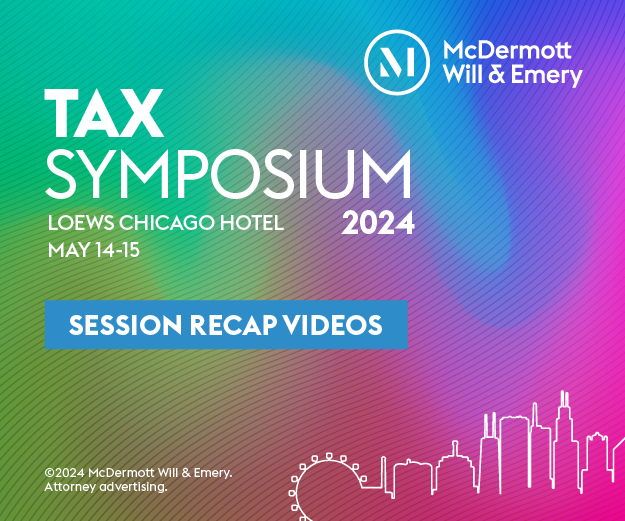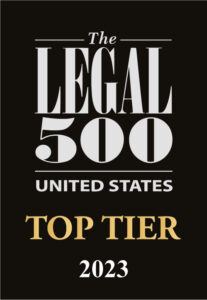Presented below is our summary of significant Internal Revenue Service (IRS) guidance and relevant tax matters for the week of November 7, 2022 – November 11, 2022.
November 7, 2022: The IRS released Internal Revenue Bulletin 2022-45, which highlights the following:
- Proposed Regulations 100719-21: This guidance proposes increases for both the enrollment and renewal of enrollment user fees for enrolled actuaries from $250 to $680.
- Revenue Procedure 2022-38: This revenue procedure establishes the annual inflation adjustments for more than 60 tax provisions.
- Notice 2022-54: This notice provides guidance on the corporate bond monthly yield curve and corresponding spot segment rates and the 24-month average segment rates for October 2022. The notice also provides guidance as to interest rates on 30-year Treasury securities and 30-year Treasury weighted average rates.
- Notice 2022-55: This notice provides the dollar limitations on benefits and contributions under qualified retirement plans.
- Notice 2022-53: This notice announces that the US Department of the Treasury (Treasury) and the IRS intend to issue final regulations related to required minimum distributions under Section 401(a)(9) that will apply no earlier than the 2023 distribution calendar year. The notice also provides guidance related to certain Section 401(a)(9) provisions that apply for 2021 and 2022 and the related excise tax under Section 4974.
- Proposed Regulation 121509-00: This document withdraws proposed regulations related to exclusion from gross income of previously taxed earnings and profits under Section 959, as well as related basis adjustments under Section 961.
- Revenue Ruling 2022-20: This guidance provides the various prescribed rates for federal income tax purposes for November 2022.
- Treasury Decision 9968: These final regulations amend the regulations concerning eligibility for the premium tax credit to provide that affordability of employer-sponsored minimum essential coverage for family members of an employee is determined based on the employee’s share of the cost of covering the employee and those family members—not the cost of covering only the employee—under Section 36B.
November 7, 2022: The IRS and the Treasury announced that they will now allow Section 403(b) retirement plans to use the same individually designed retirement plan determination letter program currently used by qualified retirement plans. Revenue Procedure 2022-40 outlines the additions and changes.
November 7, 2022: The IRS issued COVID Tax Tip 2022-170, which cautions employers to be aware of third parties advising them to claim the employee retention credit when they may not qualify.
November 7, 2022: The IRS requested comments on the reporting requirements for settlement funds, which are funds established or approved by a governmental authority to resolve or satisfy certain liabilities (such as those involving tort or breach of contract). Comments should be received by January 6, 2023, to be assured of consideration.
November [...]
Continue Reading
read more

 Subscribe
Subscribe




